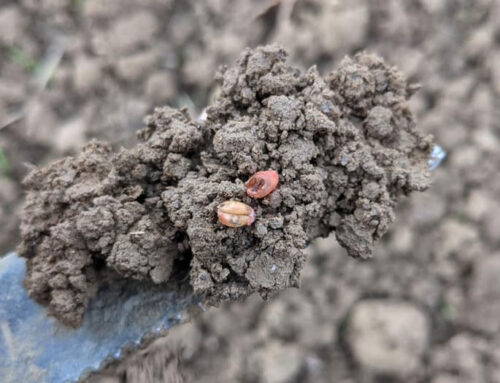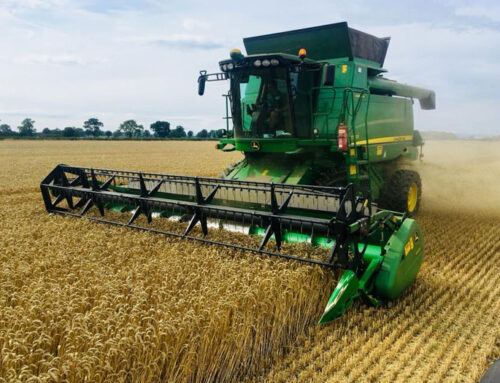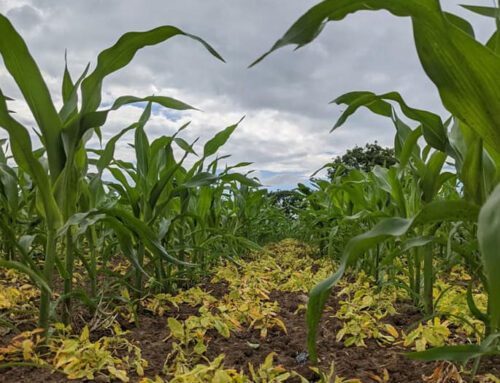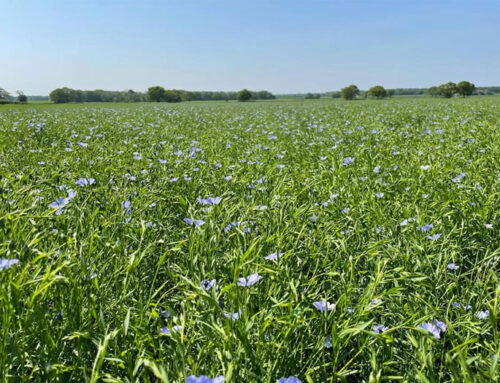Fields are dry, the sun is shining, and fertiliser applications are a go! Wishful thinking, this is as believable as me lacing up the boots ready to face Wharfedale at the weekend. A few frosty days last week meant I could leave the canoe at home and make tracks across crops on foot. I would love to say that a lot has changed over the last month however the reality is it hasn’t, the only real observations are that field lakes have reduced in size and transformed into ice skating rinks. The snow I was waiting for last month arrived this week and has provided a chilling blanked for many crops in the North Yorkshire region. This accompanied by freezing conditions (-11 degrees Celsius last night) has meant fields have been granted another opportunity to shed some excess water.
The recent frosts and harder ground conditions has given me the opportunity to get out and test out my new GPS enabled automatic soil sampler all mounted to a Kubota RTV. With more and more information being drip-fed about the new Environmental Land Management Schemes (ELMS) it seems they are to be driven by soil protection and management. Knowing what is in your soil is vital to be able to provide the correct management and preservation for ongoing sustainable agriculture. With wheat prices over £200/ tonne it is easy to forget that for our ongoing industry success the key will be cost of production per tonne. This means taking more care to match crop requirement to applications. I believe part of this has to be a more zoned approach. Splitting fields into zones allows us to better know what is happening in each field and tailor inputs to where they’re going to be most beneficial.
Winter cereals are hanging on in there but are eagerly awaiting the dryer warmer days of March. Barleys are showing slight signs of life and manganese patches need a dose sooner rather than later. Yellow rust patches were still posing a threat in the bottom of some wheat varieties however this week even colder temperatures and snow may be the most sustainable tonic they needed. Even with this in mind it is vital to keep a watchful eye over these crops in the coming weeks as an early half-rate tebuconazole application may be needed but bear in mind the earliest legal timing is growth stage 30.
Recent social distancing conversations are based on fertiliser and basically how soon can I go. Well for those clients of mine that have the latest Greenstar Hovercraft will have already made a start. Joking aside spreading on waterlogged fields is neither good for the crops or the environment. Once conditions dry up and travelling becomes easier, I will be giving the green light to get first doses on OSR and backwards cereals, only when these have been ticked off the job list will I then advise moving onto the rest.
The bulk of online zoom updates have now passed just I have managed to work out how to take my unicorn filter off my camera. A popular topic was on protection of fungicide chemistry now we go into the first full season without the ever-dependable multisite chlorothalonil. We are realistically left with folpet, and having never really used this product I will be trying taster amounts to see what this little beasty has to offer in my programmes.
This week marks the opening of applications to join the Countryside Stewardship and Capital Grants schemes. With these options gaining popularity between farmers and the increased financial cap on Capital only grants these schemes are not to be missed.




